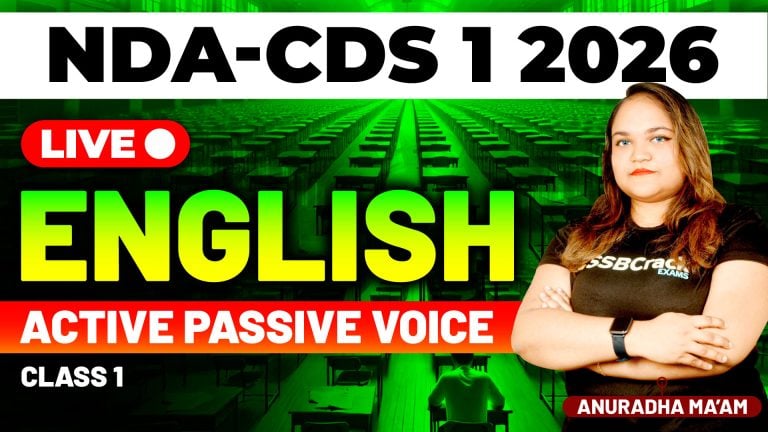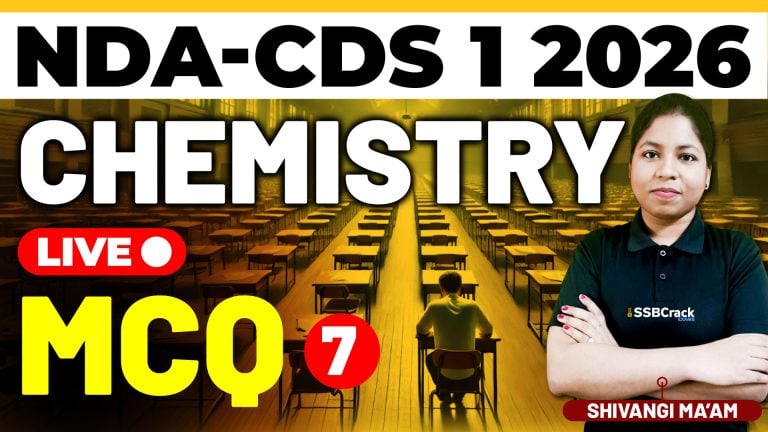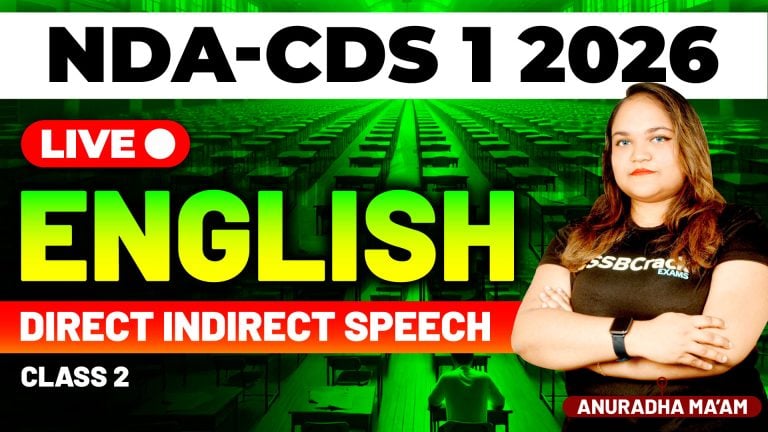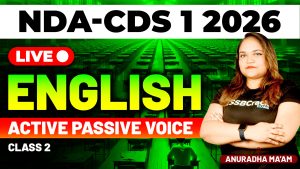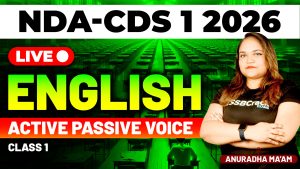Mensuration 2D is a vital topic in the CDS and AFCAT exams, often making up a significant portion of the mathematics section. Recently, a class was conducted focusing on solving MCQs from previous years and anticipated questions on this topic. This approach provides an effective way to reinforce understanding of key concepts, sharpen problem-solving skills, and gain familiarity with the types of questions likely to appear on exam day. In this blog, we’ll explore the essential topics within Mensuration 2D, tips for mastering MCQs, and key strategies to tackle these questions successfully.
Key Mensuration 2D Concepts Covered
The focus of the class spanned across various 2D shapes, their properties, and essential formulas that are core to Mensuration 2D. Here’s a breakdown of the main topics:
Triangles:
- Area and perimeter of different types of triangles, such as equilateral, isosceles, and right-angled triangles, were emphasized.
- Concepts like inradius and circumradius were also touched upon, as they often appear in more advanced MCQs.
Quadrilaterals:
- The class covered the essential properties of common quadrilaterals such as rectangles, squares, parallelograms, and rhombuses.
- Calculating area and perimeter for each type is foundational, as these figures often appear individually or as part of composite shapes in MCQs.
Circles:
- Understanding terms like radius, diameter, chord, arc, and circumference is essential.
- Problems based on the area of a circle, sector, and segment are frequently asked, making these must-know concepts.
Polygons:
- Regular polygons (like pentagons and hexagons) are less common but still essential for exams. Familiarity with calculating their areas and perimeters gives an edge when dealing with complex shapes or composite figures.
These fundamental areas in Mensuration 2D are not only critical for concept clarity but also provide the groundwork for more complex problem-solving required in MCQs. By focusing on these core shapes and their properties, students can tackle a wide range of questions confidently.
Benefits of Practicing MCQs
- Understanding Question Patterns: Regular practice with previous years’ MCQs allows candidates to familiarize themselves with the format and structure of questions. This understanding helps in quickly interpreting questions and identifying efficient methods to solve them.
- Identifying High-Yield Topics: Analyzing previous questions provides insights into topics frequently tested, helping candidates focus on the most relevant concepts and formulas.
- Improving Speed and Accuracy: MCQ practice hones the ability to recall and apply formulas rapidly, which is essential under timed conditions. Repeated exposure helps in minimizing mistakes, boosting confidence.
- Building Exam Confidence: Practice instills confidence as candidates become comfortable with the topics, question types, and efficient ways to arrive at solutions.
Strategies to Master Mensuration 2D for CDS and AFCAT
Revise Key Formulas Regularly
- Mensuration requires memorization and application of various formulas for area, perimeter, and other properties of 2D shapes. Keep a dedicated formula notebook, and review it daily to ensure these remain fresh in your mind.
Visualize the Problem
- Many Mensuration questions benefit from a visual approach. Draw rough diagrams to understand the question better, especially for composite shapes where multiple shapes combine into one figure. Visual representation helps in identifying the correct formulas to apply.
Focus on MCQ Keywords
- Key phrases in questions can give away the required approach. Terms like “area of sector,” “perimeter of composite shape,” or “radius” serve as hints toward specific formulas or methods. Practice recognizing these keywords to enhance your speed and accuracy.
Master Time Management
- Set a time limit for each practice session to simulate exam conditions. This habit not only enhances speed but also builds the mental discipline to think clearly under pressure.
Break Down Complex Questions
- For composite shapes or multi-part questions, break down each element separately. For example, if a question involves calculating the shaded area in a figure with both a rectangle and a semicircle, first find the areas of each part before moving to subtraction or addition.
Understand and Learn from Mistakes
- After every practice session, review any mistakes thoroughly. This is one of the most effective ways to improve. Understanding why an error occurred, whether it was a formula mix-up or a misinterpretation of the question, helps to avoid similar mistakes in the future.
Use Quality Mock Tests
- Practice mock exams from reliable sources. Mock tests simulate real exam conditions, giving you a realistic assessment of your preparation. This experience helps you handle unexpected or tricky questions confidently during the actual exam.
Avoiding Common Mistakes in Mensuration 2D
- Overlooking Units: Be mindful of the units given in each question. For example, converting all measurements to the same unit (e.g., converting centimeters to meters when necessary) at the beginning helps in achieving accurate results.
- Rushing Calculations: Many errors occur due to haste, especially under timed conditions. Approach calculations methodically, ensuring each step is correctly followed to avoid simple mistakes.
- Misinterpreting Composite Figures: For questions with composite shapes, always confirm which parts need to be included or excluded. Misidentifying components can lead to wrong results.
Example Approach to an MCQ Problem
Consider an MCQ where you are given a rectangle with a semicircle attached to one of its sides and asked to find the total perimeter.
- Identify the Key Elements: Understand that you need to calculate the perimeter of both the rectangle and the semicircle.
- Visualize and Break Down the Problem: Draw the shape if needed, noting that the rectangle’s side that borders the semicircle should be excluded from the perimeter.
- Apply Relevant Formulas: Calculate the perimeter of each part, taking care to add only the required sides.
- Review Units and Choices: Verify that your answer matches one of the given options and corresponds to the required unit.
Conclusion
Mensuration 2D is a scoring section in CDS and AFCAT exams if prepared thoroughly. By focusing on solving MCQs from previous exams and expected questions, you can build a strong foundation, improve accuracy, and manage time effectively. Regular practice and review of mistakes reinforce understanding and build confidence for exam day. With these strategies, you can approach Mensuration 2D questions with clarity and confidence, making it a reliable topic for boosting your overall exam score.





